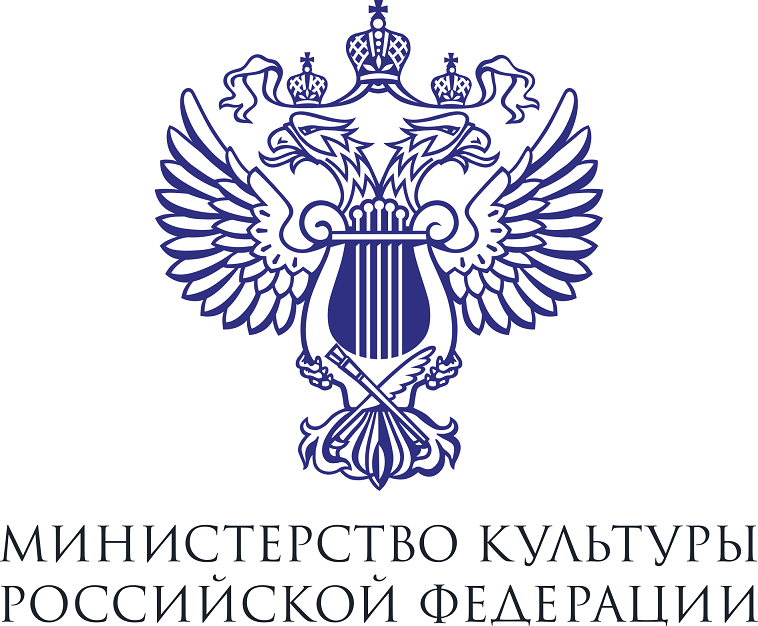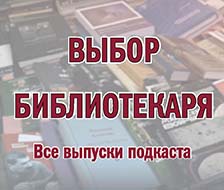Date: 03.02.2017
On 26 November in the RSAL’s Blue Hall, in the framework of the “Ninth International Mikhoels Readings. National Theatre in a Multicultural Context,” the exhibition “Destroyed, But Not Forgotten ... From the History of the State Jewish Theatres in the USSR” was held. The exposition presented materials from the collections of the Jewish Museum and Tolerance Centre and archive collections from Russia’s largest art library.
Following the abolition of restrictions on the grounds of “religion, faith, and nationality” in 1917, there was a massive increase in various national movements and cultures. The first State Yiddish Theatre (GOSET) in Soviet Russia was established in 1918. In the USSR, a few years later there were about 20 governmental, worker, collective, and traveling Jewish theatres in operation from 1920–1940s across the vast territory of the country. These theatres developed their own style and found their audience and fame.
The state supported them until the end of the 1940s, when there was no longer the need for the development of national “proletarian” culture. Under various pretexts, one after another, the theatres were closed.
With the aid of theatre sketches, rare photographs, theatre programmes, libretto productions, the applications of directors and artists in the selection of materials in the Arts Library, plays, and other rare publications, which have been carefully preserved by the RSAL, the Jewish Museum and Tolerance Centre’s exhibition tells the story of the short, but bright creative life of the many state Jewish theatres.
























